
|
|
|
| synonym |
Melanoliarus ecologus |
| description |
A small species, with males ranging from 3.7 to 4.5 mm long. The vertex and mesonotum are piceous (glossy brown to black) in most specimens, fuscous in others; the carinae of the mesonotum ranges from concolorous to a dull orange in most specimens, black or dark brown in others. The vertex is narrow, with the median length distinctly larger than the width at the apex of the posterior emargination. The face is piceous or fuscous with prominent carinae that are orange or yellow. The wings lack large spots or bands but have suffusion around the apical crossveins, with the membrane typically with a slightly dusky color though glossy clear in some specimens. The wing venation is typically pale, becoming brown apically. (Mead & Kramer, 1982) |
| distribution |
Eastern and central United States (UDEL) |
| abundance |
Recorded from a few counties in the Piedmont; should also be found in the mountains, as extensively collected from GSMNP across the state line. |
| seasonal_occurrence | |
| habitat |
Floodplain woods, prairie meadow, etc. (Mead & Kramer, 1982) |
| plant associates |
"Nymphs of cixiids are subterranean, feeding on roots and possibly fungi. The significance of adult host records is unclear. Many cixiids are presumed to be polyphagous (as adults), most often on woody plants." (UDEL) |
| behavior |
Can be attracted at night with a light. |
| comments |
Mead & Kramer (1982) note that this species is probably univoltine, meaning it has a single brood. They also noted that this species does not closely resemble any other members of the genus in the Nearctic and could potentially be an example of Carolinian Fauna that evolved in the southern Appalachian Mountains.
That being said, visually it is closest to M. ecologus and M. sablensis, and therefore specimens need to be dissected to see the striking differences in genitalia. |
status |
[Native:]
[Introduced:]
[Extirpated:] | | list_type |
[Official:]
[Provisional:] |
| adult_id | Unmistakable and widely known Identifiable from good quality photos of unworn specimens
Identifiable from photos showing undersides, or other specialized views [e.g., legs, face]
Identifiable only by close inspection of structural features or by DNA analysis NULL |
| nymph_id | Unmistakable and widely known Identifiable from good quality photos, especially where associated with known host plants
Identifiable from close inspection of specimens or by DNA analysis
Identifiable only through rearing to adulthood NULL |
| G_rank |
|
| S_rank |
|
| rank_comments |
|
| tribe |
Pentastirini |
| subgenus |
|
Species Photo Gallery for Vitroliarus ecologus No Common Name |
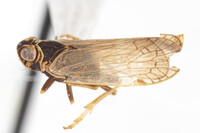 | Photo by: S.T. Dash
Out Of State Co.
Comment: UDCC_TCN 00003016rncoll. S.T. Dash; sweeping milkweedrndet. C.R. Bartlett | 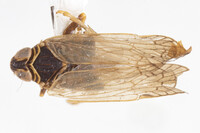 | Photo by: S.T. Dash
Out Of State Co.
Comment: UDCC_TCN 00003016rncoll. S.T. Dash; sweeping milkweedrndet. C.R. Bartlett |
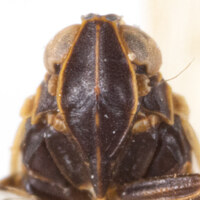 | Photo by: S.T. Dash
Out Of State Co.
Comment: UDCC_TCN 00003016rncoll. S.T. Dash; sweeping milkweedrndet. C.R. Bartlett | 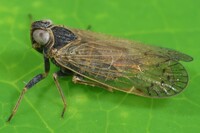 | Photo by: Rob Van Epps
Mecklenburg Co.
Comment: Caught sweeping in weedy field. |
 | Photo by: Rob Van Epps
Mecklenburg Co.
Comment: Caught sweeping in weedy field. |  | Photo by: Rob Van Epps
Mecklenburg Co.
Comment: Caught sweeping in weedy field. |
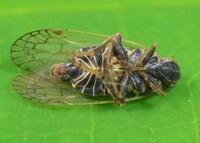 | Photo by: Rob Van Epps
Mecklenburg Co.
Comment: Caught sweeping in weedy field. |  | Photo by: Rob Van Epps
Mecklenburg Co.
Comment: Caught sweeping in weedy field. |
|

 »
»

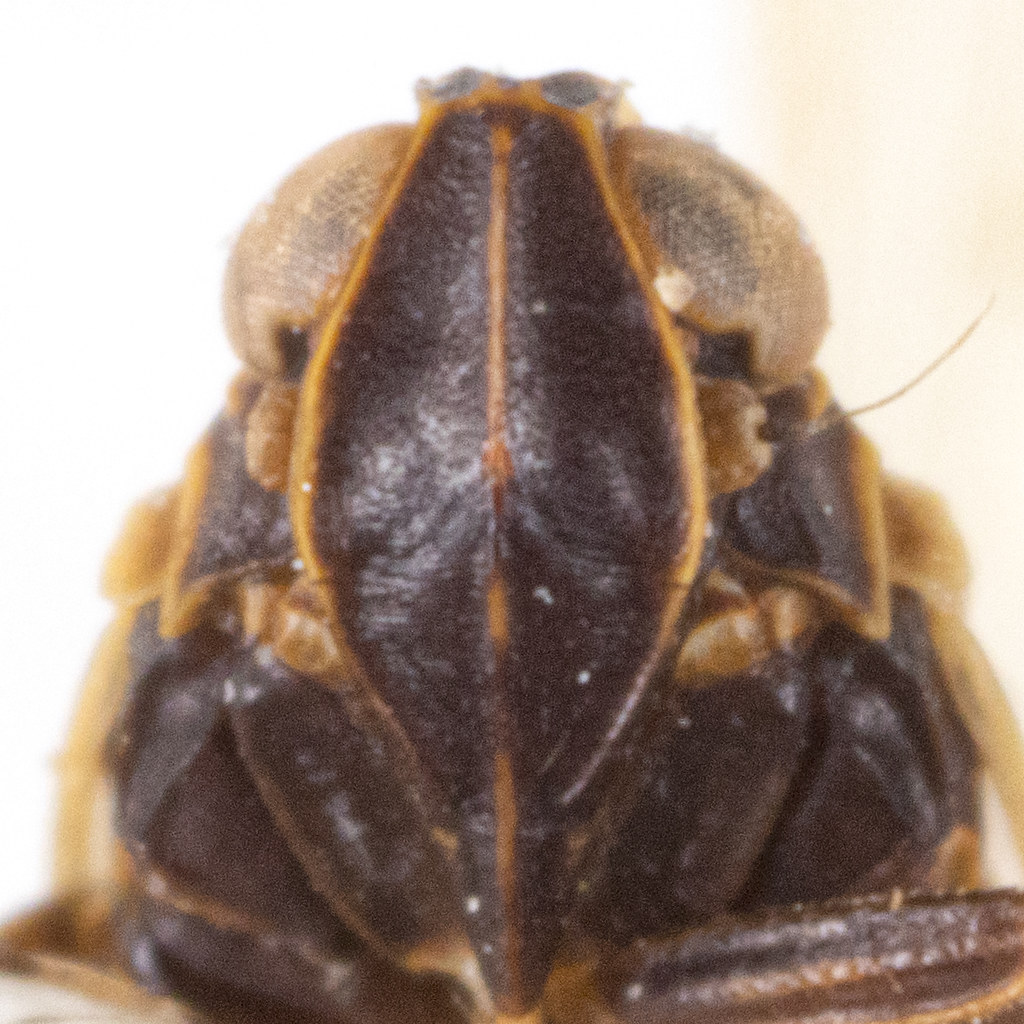


 »
»


